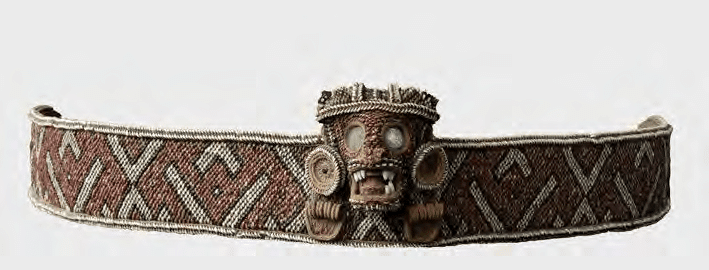While perusing an article by Burset Flores on the pattern of men marrying local women from established families to become wealthy in colonial Puerto Rico, we dug a little deeper into the origins of one woman involved in such a marriage. According to his research, this woman, Juana Manso de Espinosa, was a descendant (granddaughter) of Pedro de Espinosa, a regidor of San Juan and son of an early poblador of the island, Juan de Espinosa. Juan de Espinosa was apparently the recipient of an encomienda of 50 Indios (30, according to Esteban Mira Caballos) in 1511, supposedly from the territory of the cacique Azmia. Pedro de Espinosa, his son, also led one of the raids on the territory of the cacique Orocoviz in 1513, according to Moscoso's Caciques, aldeas y población taína de Boriquén (Puerto Rico), 1492-1582. By 1530, according to the "census" of de Lando (which enumerated vecinos, slaves, and "free" Indians in San Juan and San German), Pedro de Espinosa had 6 Indian slaves (non-native) and 17 naborias. While the census of 1530 was hardly an adequate tally of the total population of the island, it is clear that Pedro de Espinosa, who may have inherited the encomienda Indians of his father, had less than half of the total Indians his father supposedly received in 1511 from Ponce de Leon.
The demographic collapse of the indigenous population was likely following similar trends already evident in Hispaniola by 1514. One also cannot avoid acknowledging the huge imbalance in gender ratios among the population on the island, with Julio Damiani Cósimi's Estratificación social, esclavos y naborías en el Puerto Rico minero del siglo XVI. La información de Francisco Manuel de Lando. Ensayo de cuantificación y transcripción paleográfica finding disproportionately male slaves in San Juan and San German for both Amerindian and Africans. Presumably, since the Spanish were used to slavery and concubinage even before the conquests in the Antilles, many of the vecinos and other white men had indigenous and African women as partners. Indeed, some vecinos were even married to indigenous women (although not to the same extent as the 1514 Albuquerque Repartimiento of Hispaniola revealed). Julio Damiani Cósimi's transcription of the "census" indicates this gender imbalance and how Puerto Rico was already a slave society by 1530. It was this disturbing basis of wealth and power that paved the way for a soldier named Francisco Delgado to marry into money and status in the second half of the 16th century.


No comments:
Post a Comment